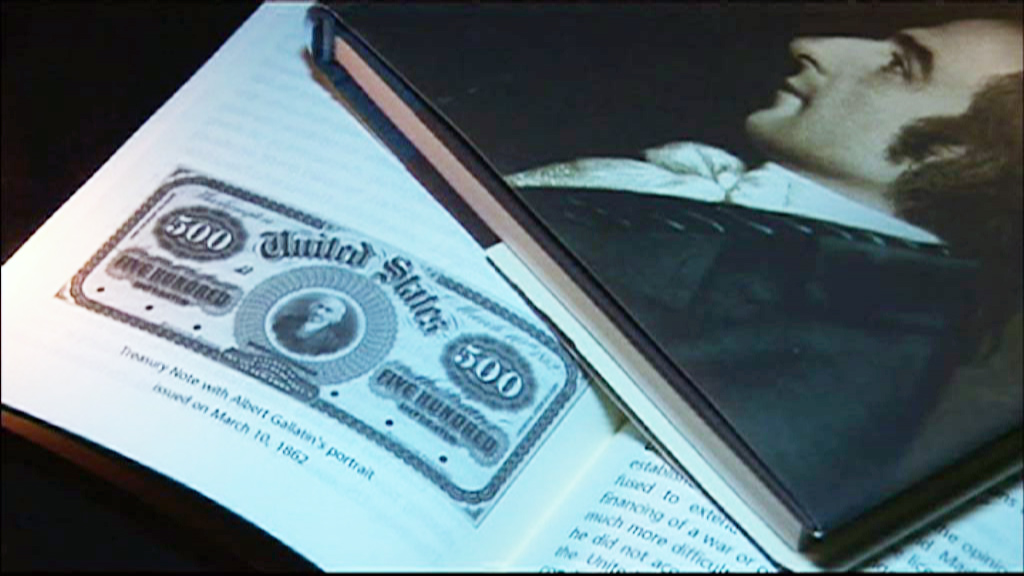Besieged economy sends out mixed signals

The Swiss economy continues to hold up against external pressures, but the overall picture masks widening disparities in the fortunes of different sectors.
Forecasters have upgraded growth predictions this year having been surprised by the resilience of the economy against a variety of shocks. Some industry groups, however, remain to be convinced.
Last month the State Secretariat for Economic Affairs (Seco) sounded a more optimistic note by predicting 0.8 per cent gross domestic (GDP) growth for this year.
While this hardly signifies the economy moving ahead on full throttle, it painted a better picture than the 0.5 per cent growth forecast in December and signaled that Switzerland is likely to escape the recession being experienced by other European countries.
The Swiss Economic Institute (KOF) revised its 2012 GDP predictions up from 0.2 per cent in December to 0.8 per cent in its latest forecast in March. BAK Basel also upgraded its forecast from 0.3 per cent to 0.7 per cent.
Divergence increasing
“In December we expected stagnation, if not negative growth, in the first two quarters of this year,” KOF head Jan Egbert Sturm told swissinfo.ch. “But it looks as if the trough was already reached in the winter.”
“The subdued growth of 0.8 per cent can hardly be described as optimistic, but we have been surprised at the resistance of the Swiss economy.”
The forecasting upgrade has largely come on the back of an improvement in the European debt crisis, a situation that looked far worse at the end of last year.
But the picture could hardly be more divergent in the different sectors of the economy. Pharmaceutical and watch exports have boomed in recent months while the domestic construction industry has been given a lift by the thriving property market.
On the other side machine building, tourism and textiles are among the biggest losers owing to the economic woes in Europe and the related strength of the franc.
The financial sector has also been suffering from the combined effects of low interest rates, risk averse clients, impending regulatory changes and global attacks against tax evasion.
“We have observed larger discrepancies between sectors than ever before,” said Sturm.
Gains and losses
The story has been mixed even within specific industry groups when the performances of individual companies are analysed.
The Winterthur factory of textiles company Swiss Tex is in the process of being downsized; 80 of its 91 employees have been threatened with redundancy.
But another Winterthur-based textiles firm, Rieter, appears to have bounced back from the doldrums having undergone extensive restructuring that involved lay-offs, ramping up production in Asia, and spinning its automobile parts division into a separate company.
Rieter posted a large leap in sales and profits last year, but even these results were tinged with a precautionary note as new orders fell by a third. The order books of many industrial exporters tailed off significantly at the tail end of 2011, signaling a drop in output for this year.
Unemployment is expected to rise this year from the current rate of 3.1 per cent to peak at 3.7 per cent by the end of 2013, according to Seco.
Oil shock?
For smaller companies, the picture is no less mixed, according to various surveys conducted on this segment.
Some 79 per cent of small and medium-sized enterprises (SMEs) are experiencing eroded profit margins due to the strong franc, according to a survey from Osec Business Network Switzerland, a government agency that helps firms establish their business abroad.
At the end of 2010 this figure stood at 58 per cent. It remains to be seen what effect the Swiss National Bank’s exchange rate ceiling of SFr1.20 against the euro will have on businesses, but several lobby groups have derided the measure as insufficient.
A survey from the Swiss SME Association throws up yet more conflicting signals as companies battle to predict what lies in store for them in the coming months.
A quarter of companies surveyed expect greater revenues this year while the same proportion predict a slowdown. But only ten per cent expect margins to improve, with the remainder split down the middle on forecasting the same or lower profits.
One of the biggest fears for many firms is a rise in volatile raw material prices, especially oil.
But where there would be losers, there would also be winners from such a spike, according to KOF – yet another example of the uneven nature of the Swiss economy during uncertain times.
The growth of the commodity trading sector in Switzerland could balance out the damage done to manufacturers, Sturm argued.
“Our simulations show that if oil prices were to rise to $150 a barrel, there would be no short term adverse effect on the Swiss economy as a whole,” Sturm told swissinfo.ch. “Traders would benefit, adding value to the economy and leaving GDP growth unchanged. But it would certainly not help the job market.”
KOF forecast (March 2012)
GDP growth: 0.8% 2012, 1.9% 2013
Unemployment rate: 3.2% 2012, 3.2% 2013
Inflation: -0.4% 2012, +0.8% 2012
Export growth: 0.8% 2012, 4.7% 2012
Import growth: 3.7% 2012, 7.9% 2013
Domestic consumption growth: 1.7% 2012, 1.8% 2013
Seco forecast
GDP: 0.8% 2012, 1.8% 2013
Unemployment: 3.4% 2012, 3.7% 2013
Inflation: -0.4% 2012, +0.4% 2013
Exports: 1.3% 2012, 4.5% 2013
Imports: 1.7% 2012, 4.5% 2013
Domestic consumption: 1.2% 2012, 1.6% 2013

In compliance with the JTI standards
More: SWI swissinfo.ch certified by the Journalism Trust Initiative














You can find an overview of ongoing debates with our journalists here . Please join us!
If you want to start a conversation about a topic raised in this article or want to report factual errors, email us at english@swissinfo.ch.